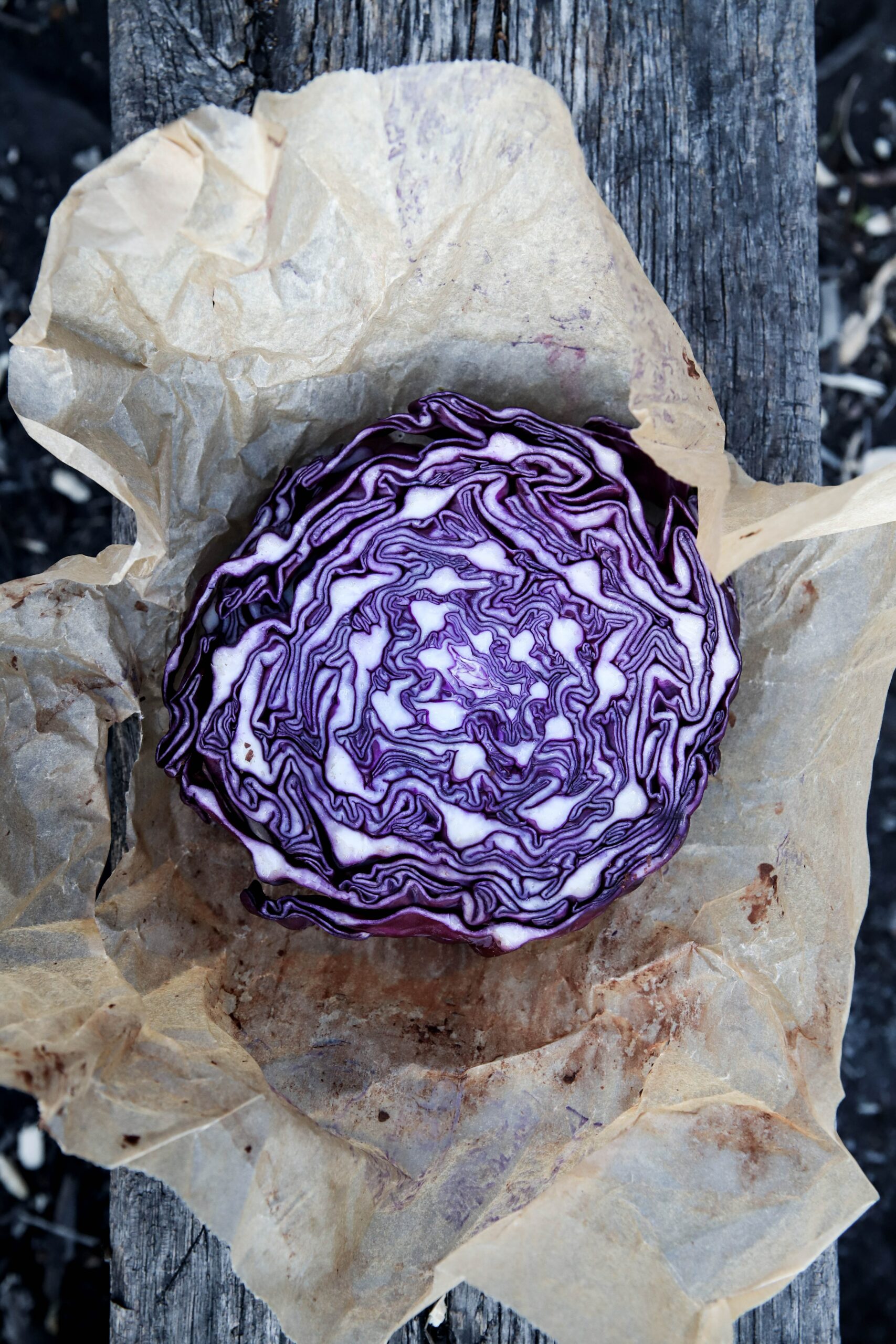Familie
Wolfsmilchgewächse (Euphorbiacea)
Euphorbia milii zählt zu den sukkulenten Arten der Wolfsmilch, sie hat sich an ihrem Herkunftsstandort auf Madagaskar darauf spiezialisiert, auch ohne regelmäßige Wasserausgaben auszukommen.
Wie alle Euphorbien enthält auch der Christusdorn einen giftigen und hautreizenden Milchsaft. Bei Hautkontakt können sich schmerzhafte Blasen bilden. Der klebrige Milchsaft sollte auf keinen Fall mit dem Auge in Berührung kommen!
Der gebräuchliche Name von Euphorbia milii ist „Dorn Christi“, weil die Legende erzählt, dass sie für die Vorbereitung der Dornenkrone verwendet wurde, die auf dem Kopf von Jesus Christus platziert wurde; die Wahrscheinlichkeiten, dass diese Legende wahr ist, sind nicht viele, in der Tat, auch wenn es Arten von Euphorbia afrikanischer und asiatischer Herkunft gibt, kam die erste Euphorbia milii, die Europa erreichte, aus Madagaskar, und es war bereits 1800.
Es ist wahrscheinlich, dass einige Arten einst auch im Nahen Osten weit verbreitet waren und daher ein einfacher dorniger Strauch für den oben genannten Zweck verwendet wurde; es erscheint jedoch seltsam, dass diese Arten heute im Nahen Osten nicht mehr vorkommen.

